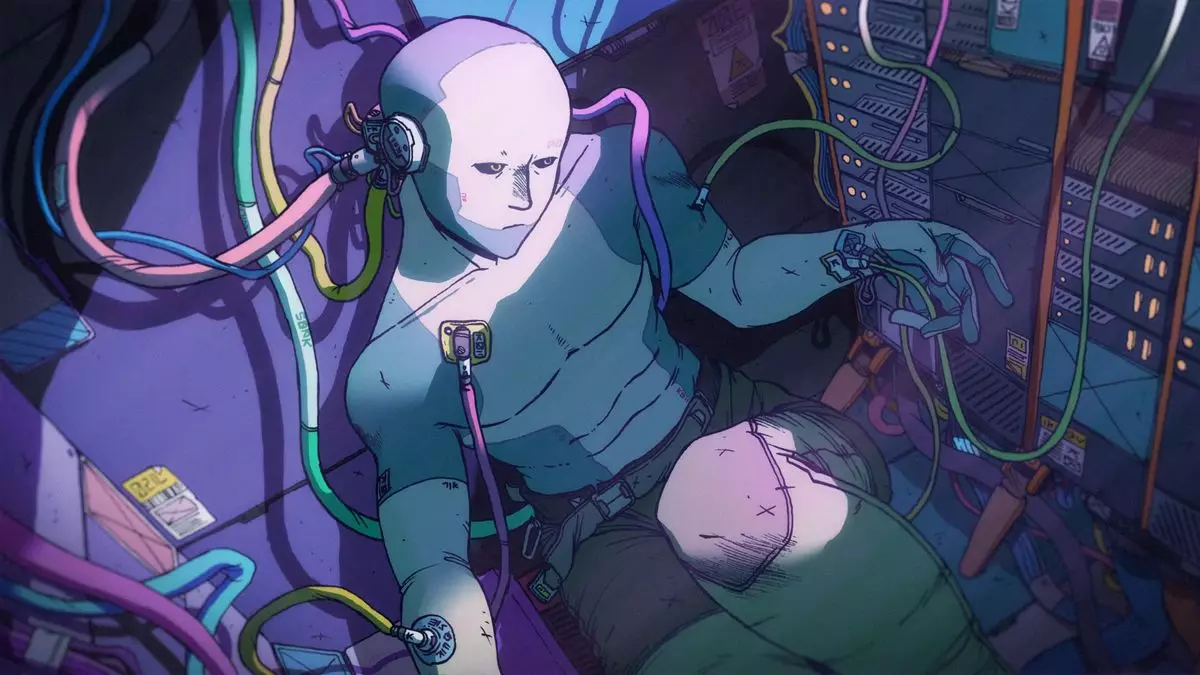The much-anticipated sequel, Citizen Sleeper 2: Starward Vector, is set to release on January 31 for multiple platforms, marking a significant milestone for the indie game scene. Developer Damian Martin recently shared insights that suggest this game may conclude the video game narrative for the franchise—at least for now. In a heartfelt conversation with Eurogamer, Martin indicated that while the sequel brings resolution, it is crafted to leave a tantalizing “backdoor” for potential future endeavors. This dichotomy encapsulates the bittersweet essence of sequels: they must provide closure while simultaneously keeping the door ajar for further exploration in the universe they build.
From Pixels to Paper
However, as one door closes, another opens. Martin has ambitious plans to morph the Citizen Sleeper experience into a tabletop role-playing game (TTRPG). This pivot reflects the original game’s heavy inspiration from tabletop mechanics such as dice rolls and narrative choices. Designing a traditional tabletop game could offer enthusiasts a novel way to engage with the Citizen Sleeper universe, catering to the thriving community of tabletop gamers who appreciate rich storytelling and character development. Martin’s endeavor to find “the right collaborator” suggests a careful approach to ensure that the transition respects the creative essence of both mediums.
A Journey of Reflection
On social media platforms, Martin shared a reflective post documenting the seven-year journey that culminated in the Citizen Sleeper duology and his earlier work, In Other Waters. This sentiment resonates deeply within the gaming community, where the journey of creation is often fraught with challenges and triumphs. Acknowledging the emotional toll and elation intertwined in the development process is crucial—not only to appreciate the games themselves but to validate the sweat equity invested by creators. Such reflections invite players to engage not just with a product, but to appreciate the artistry involved in bringing a vision to life.
Despite pausing the video game narrative, the essence of Citizen Sleeper is far from over. With the sequel’s launch, the game will incorporate mechanics akin to those of Mass Effect, allowing players to assemble their preferred crew for story-driven missions rather than purely strategy-based ones. This addition emphasizes the importance of character relationships and narrative over mechanics, prioritizing what makes gameplay memorable: emotional investment in the storyline and characters.
The transition from video games to TTRPGs underlines an evolving trend in gaming, where studio teams are beginning to explore more varied formats for storytelling. While the future of interactive gaming experiences like Citizen Sleeper may be uncertain, Martin’s willingness to explore different avenues ensures that the universe will continue to thrive—offering both nostalgia for long-time fans and fresh experiences for newcomers. The landscape of interactive storytelling is undeniably broader than just video games, and Citizen Sleeper’s evolution into tabletop formats could pave the way for a new generation of fans and storytellers alike.


Leave a Reply